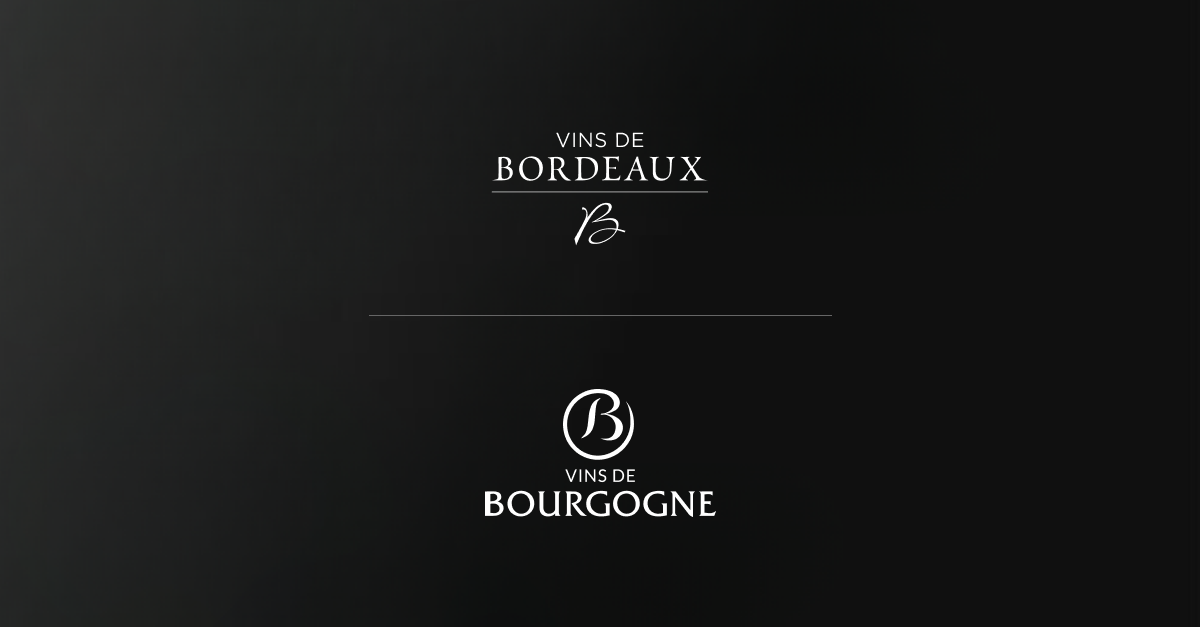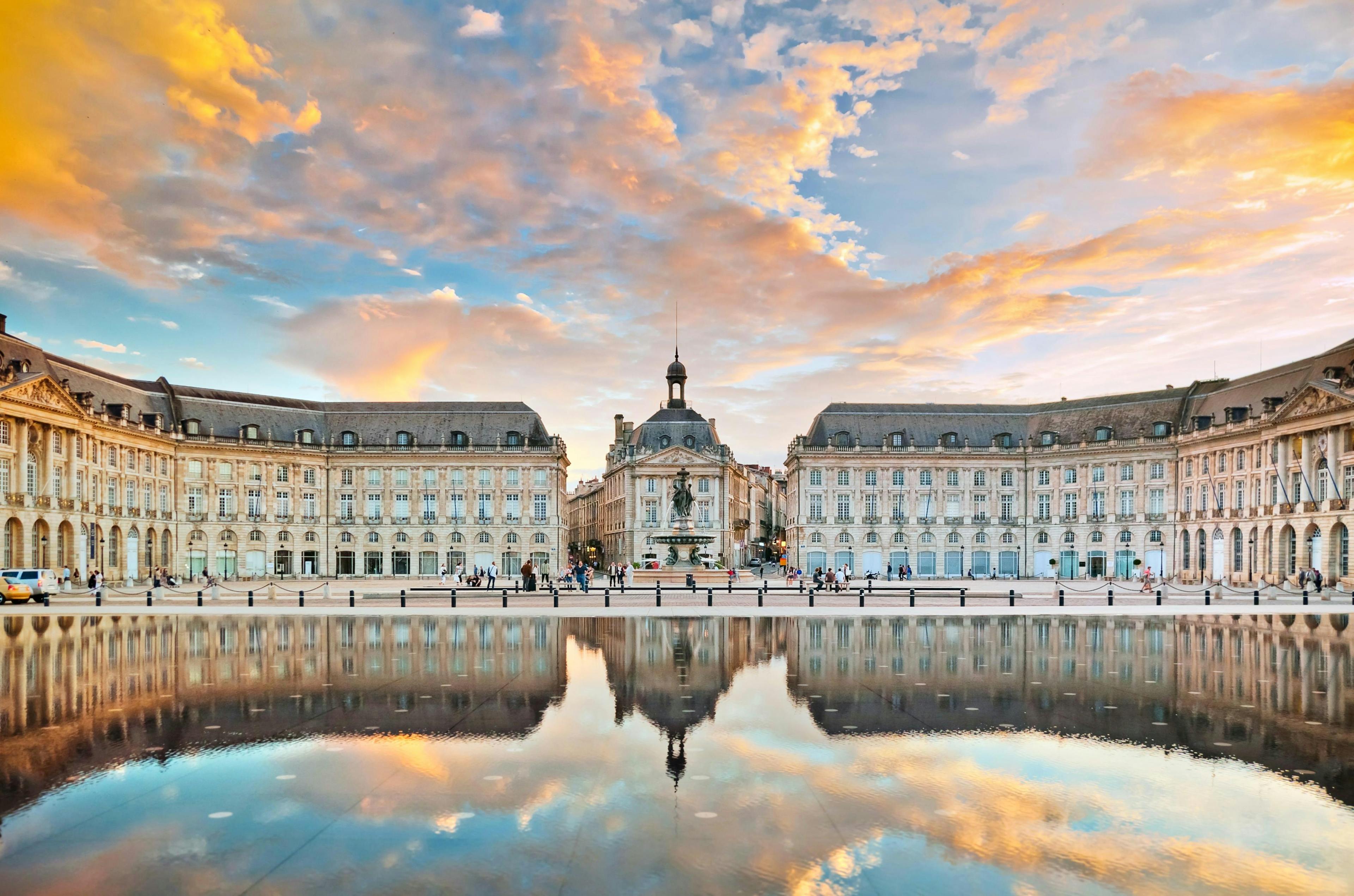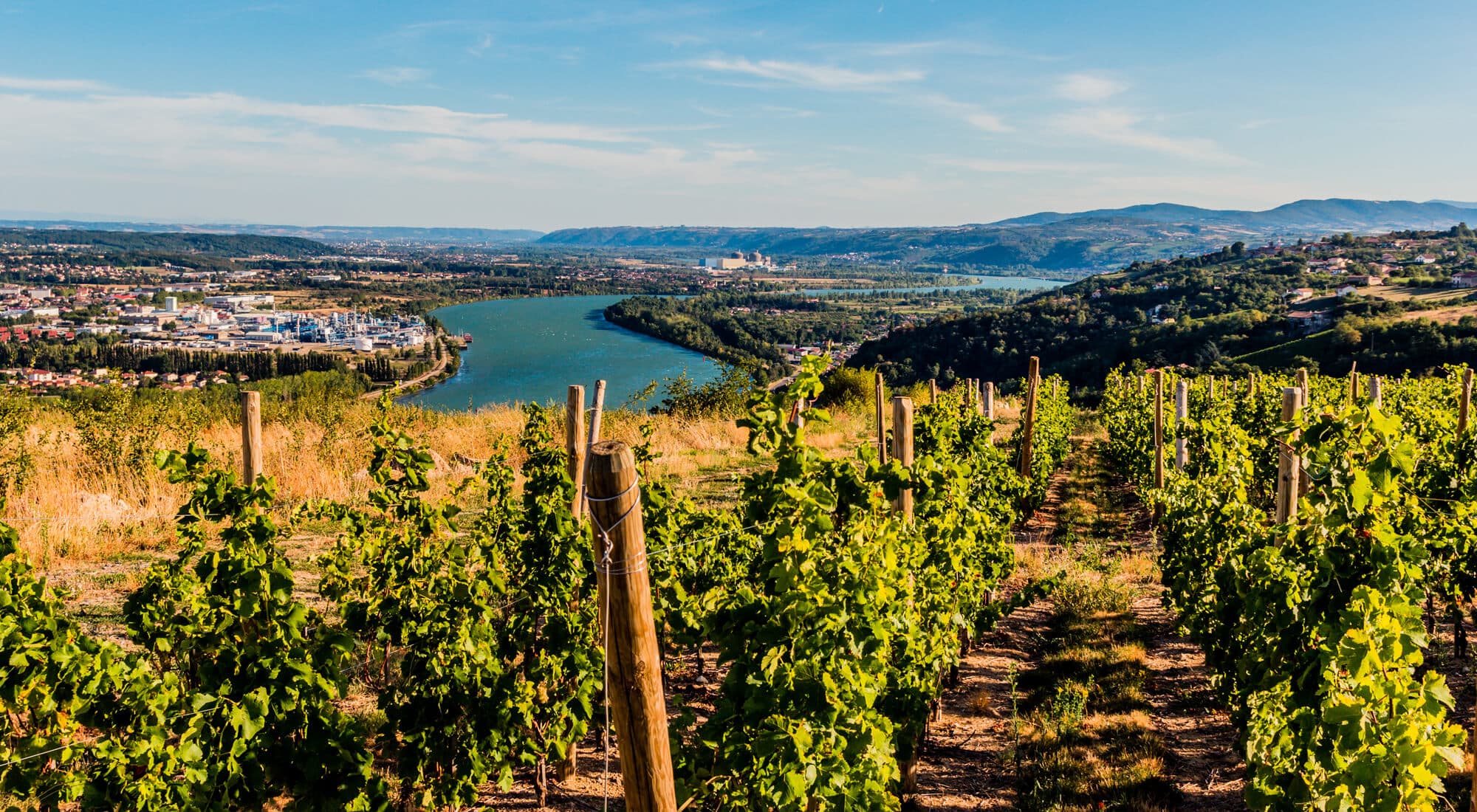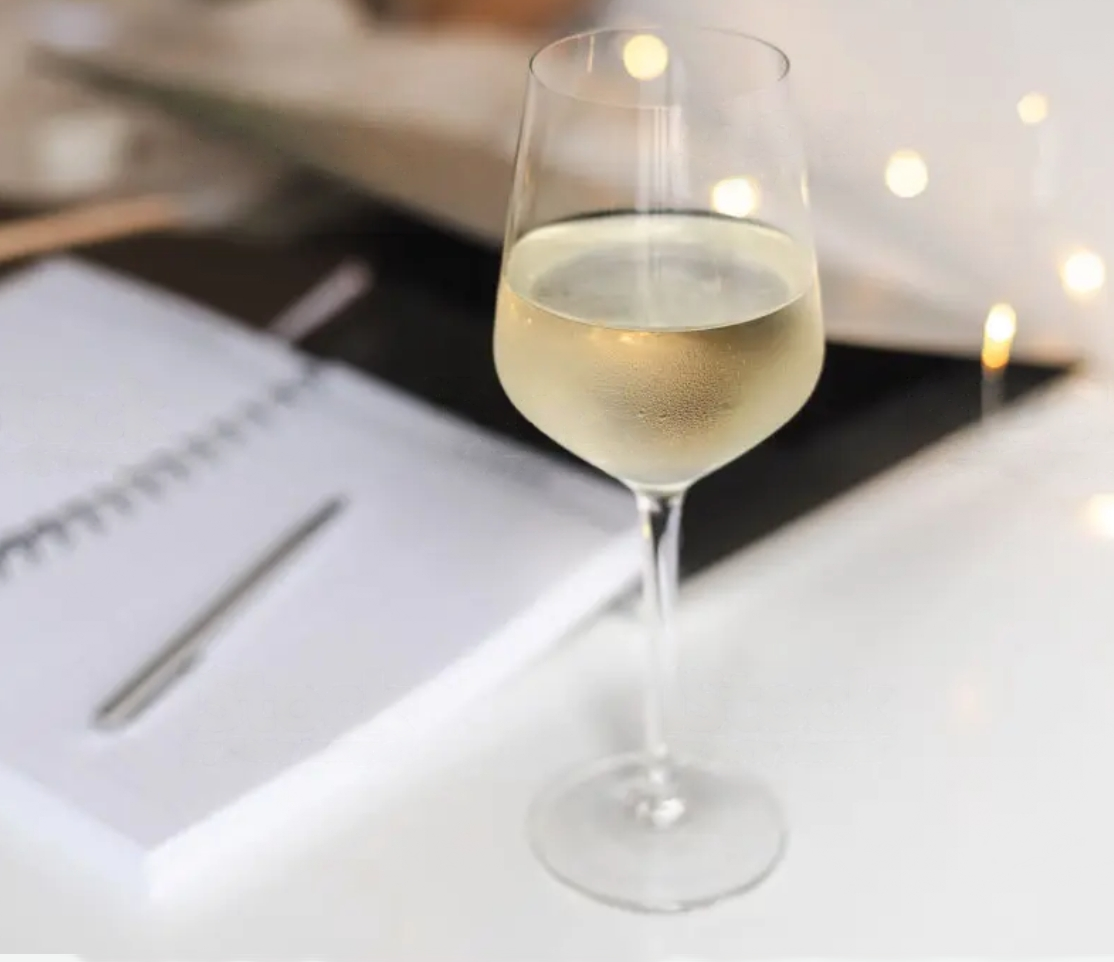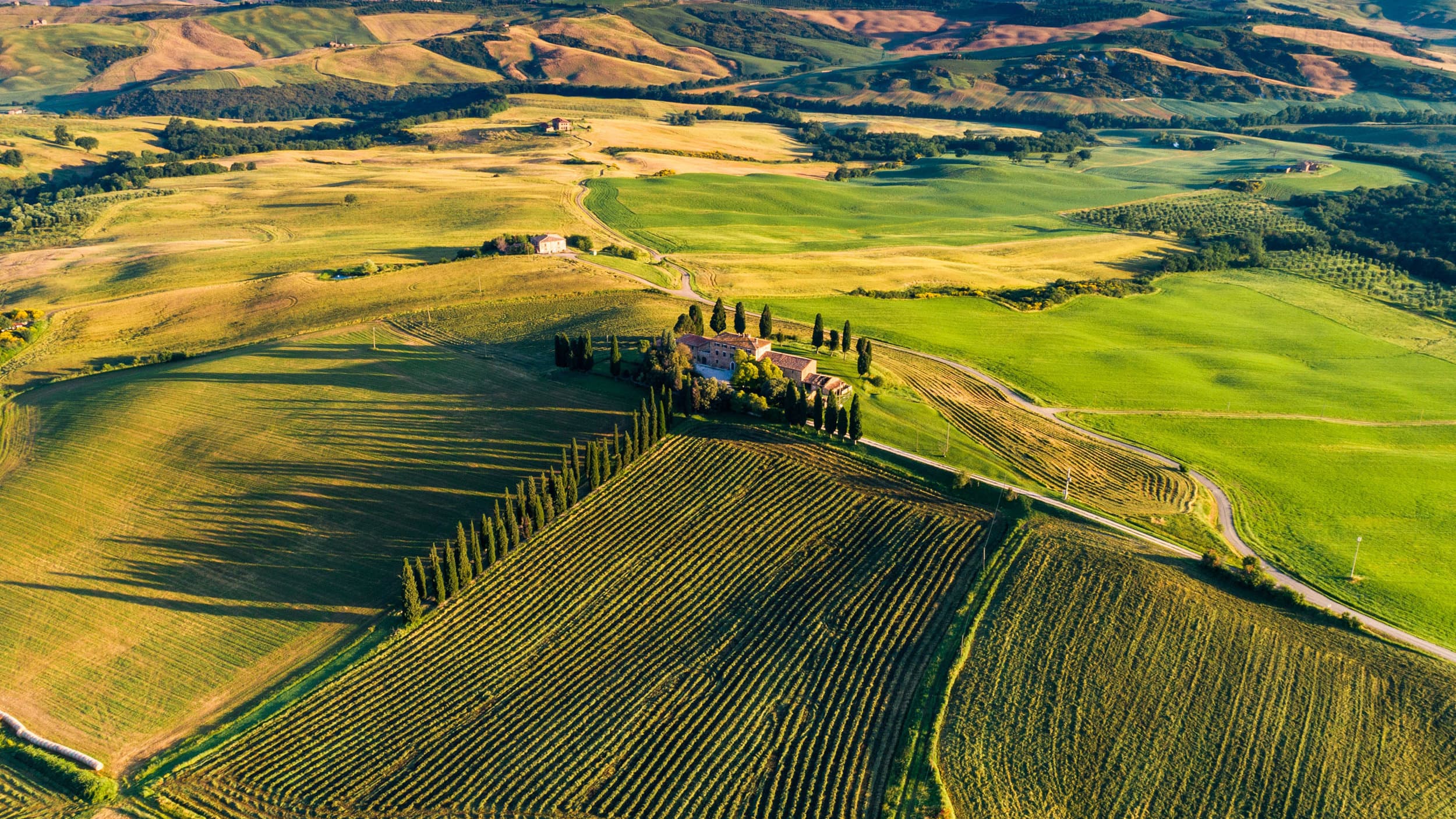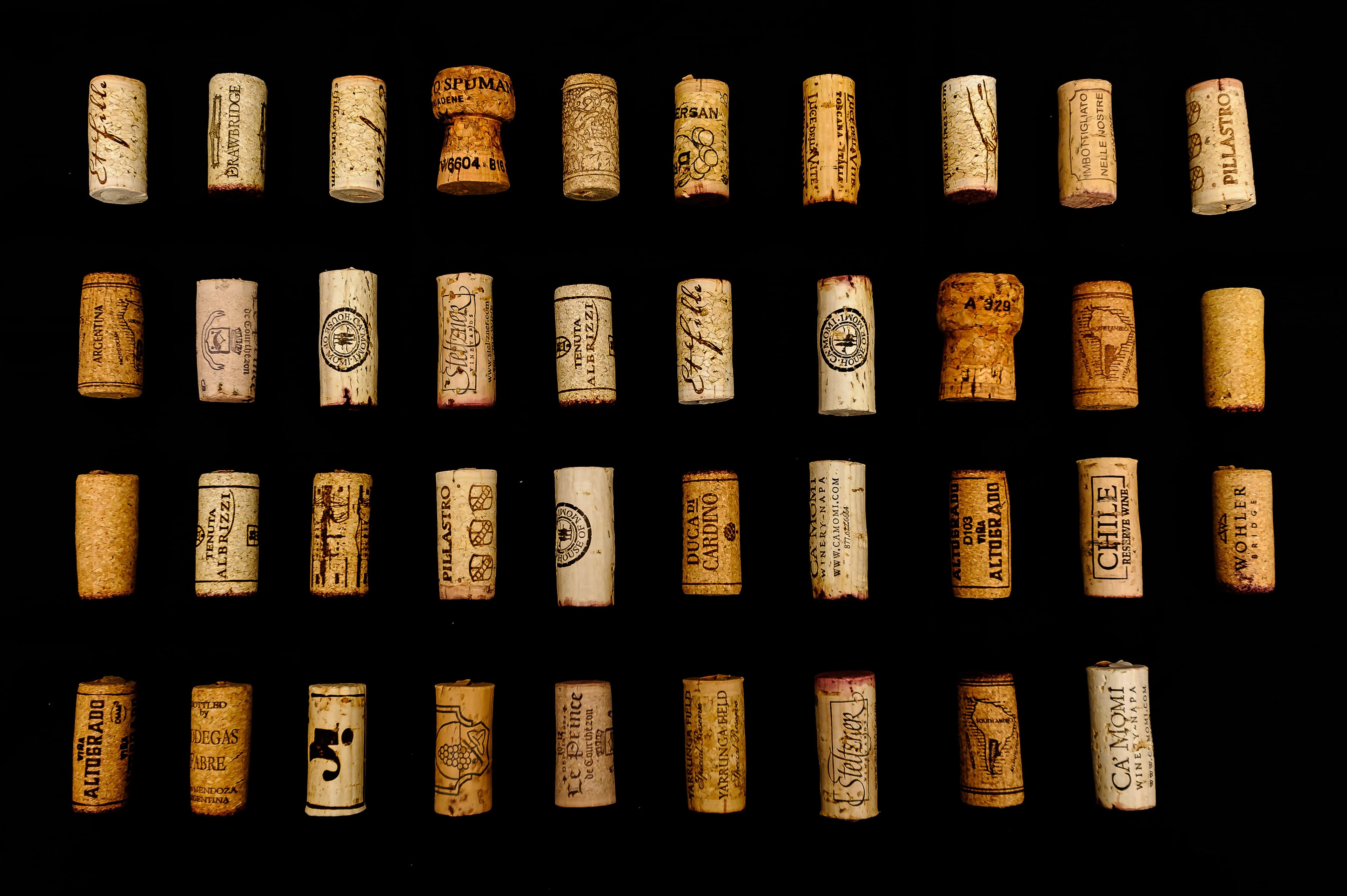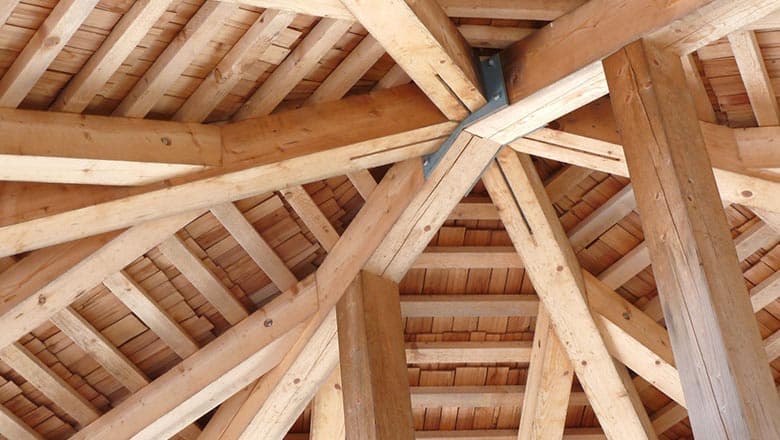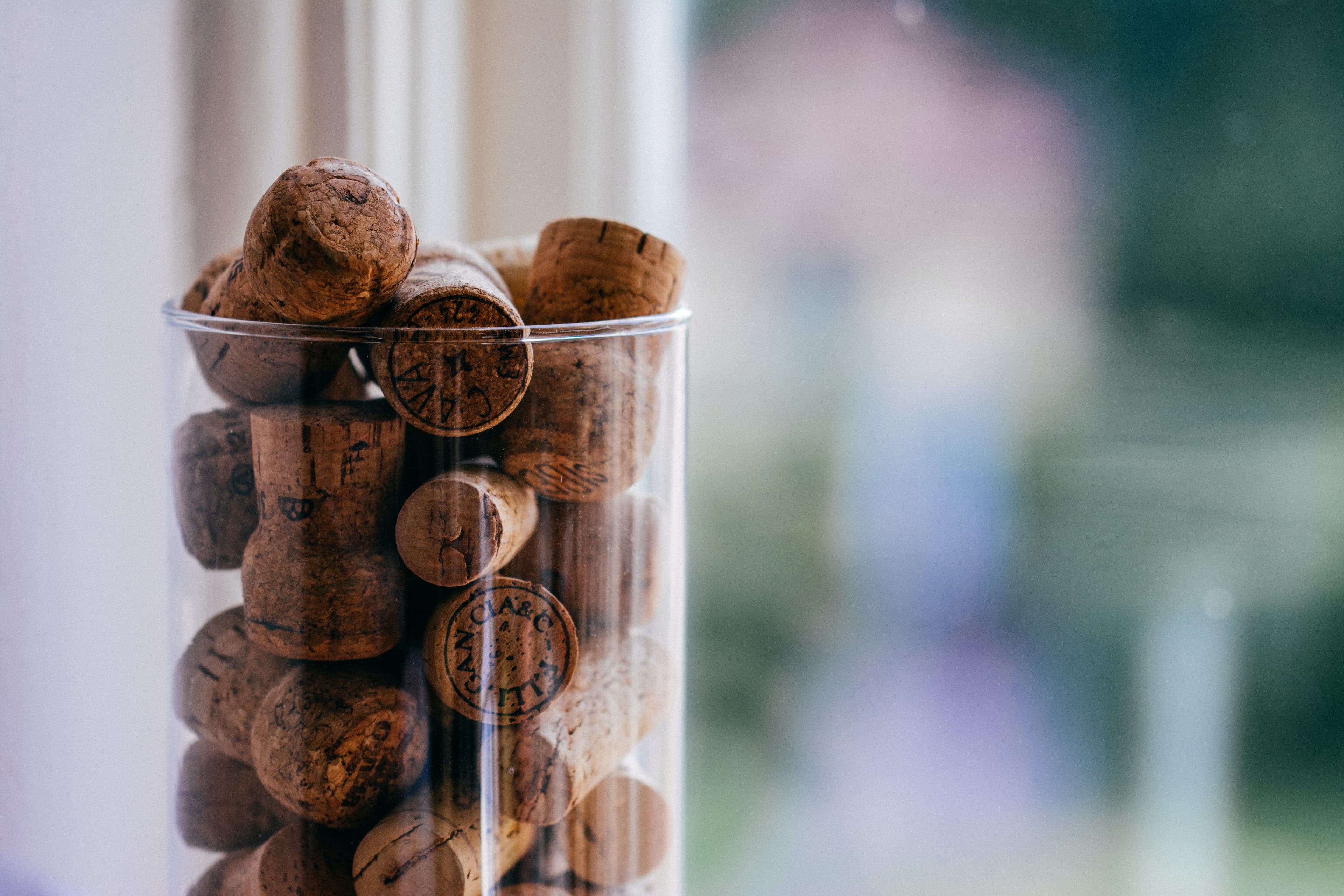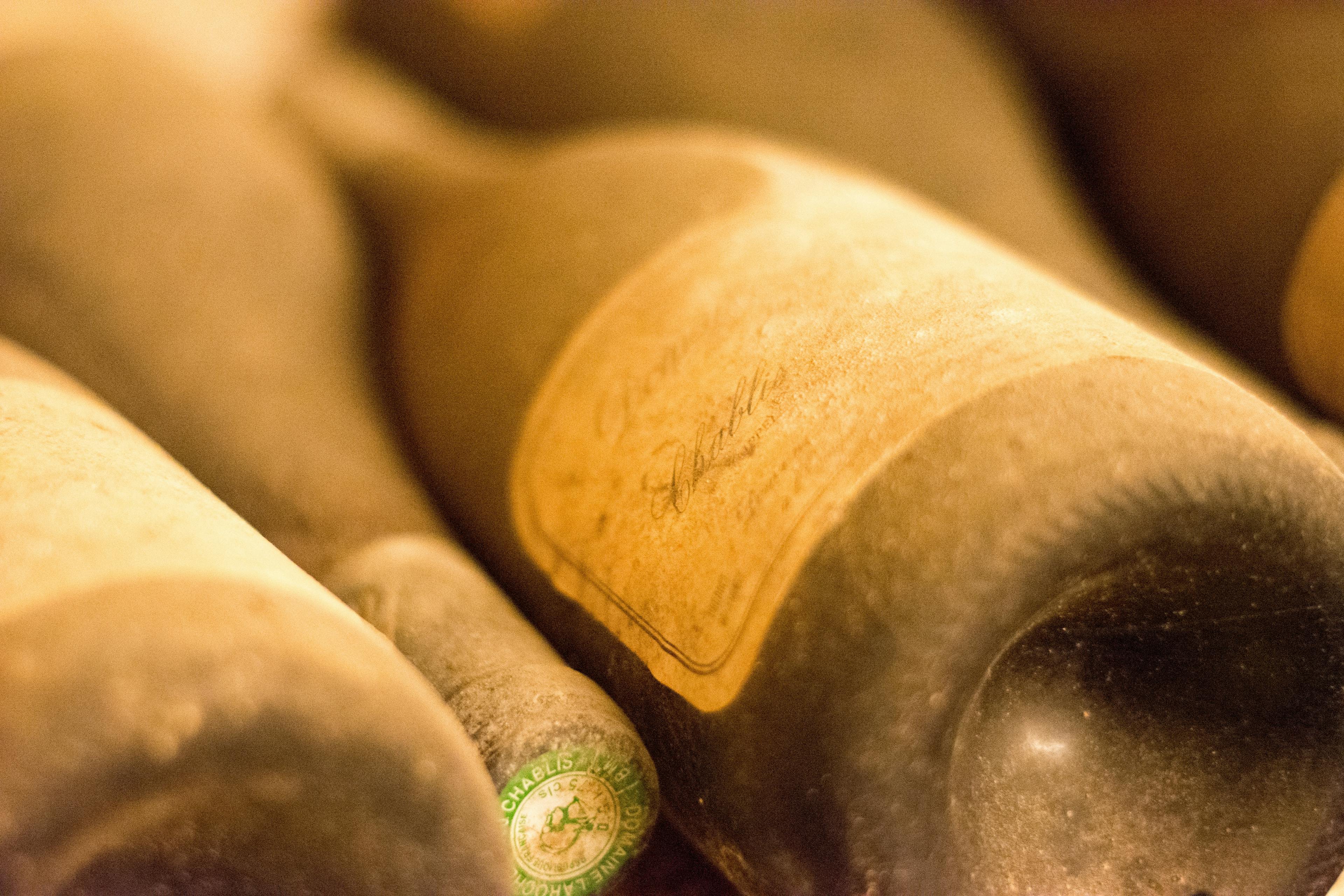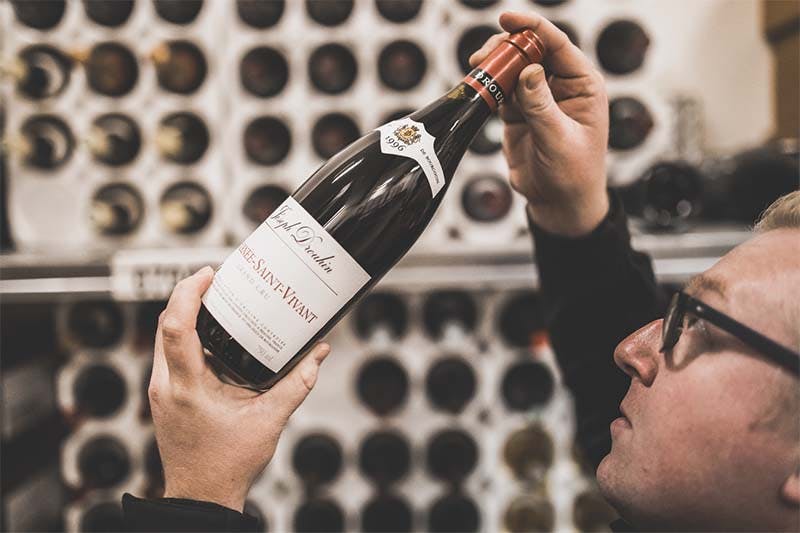What Makes Clos de Tart Unique Among Burgundy?
11 min read
Head of Content

Nestled in the heart of Burgundy, Clos de Tart stands out as a beacon of unique viticultural and historical significance. This prestigious vineyard, established in the 12th century, has been producing some of the world's most revered wines for centuries. Its distinct terroir, meticulous cultivation practices, and the continuity of ownership contribute to its standout status among Burgundy's illustrious wine estates. In this article, we delve into the factors that make Clos de Tart not just a vineyard but a landmark of winemaking tradition and innovation.
The Historical Significance of Clos de Tart
Clos de Tart, a prestigious Burgundy vineyard, boasts a rich history that dates back to its establishment in 1141 by the Cistercian nuns. This vineyard has remained remarkably intact through centuries, maintaining a single-block vineyard layout that is rare in the region. Its historical significance is further highlighted by the fact that it has changed hands very few times, preserving a legacy of winemaking traditions and expertise.
The vineyard's unique heritage is evident in its ancient winemaking techniques, which have been passed down through generations. These methods contribute to the distinct character and quality of the wines produced here, making them highly sought after by collectors and enthusiasts. The continuity of ownership and traditional practices at Clos de Tart offers a glimpse into the medieval Burgundian viticulture, providing a deeper understanding and appreciation for those enjoying its wines.
Consistent Ownership: Few ownership changes since the 12th century ensure continuity in wine quality and production methods.
Single-Block Vineyard: This rare layout in Burgundy allows for uniform terroir expression across the entire vineyard.
Ancient Techniques: Traditional methods enhance the complexity and distinctiveness of the wine, attracting global acclaim.
Geographical Uniqueness of Its Vineyard
The geographical uniqueness of Clos de Tart's vineyard significantly contributes to the distinctiveness of its popular vintages. Nestled in the prestigious Burgundy region of France, this vineyard spans a single block of 7.53 hectares, a rarity in an area where vineyards are typically fragmented. This contiguous plot allows for a consistent approach to viticulture and vinification that is often not feasible in more divided regions.
The vineyard's location on the slope of the Côte de Nuits provides an optimal angle for sunlight exposure, which is crucial for the ripening of Pinot Noir, the sole grape variety used. The soil composition varies distinctly from top to bottom, ranging from limestone at the higher elevations to richer clay mixtures below. This variation results in a complex layering of flavors, evident in each bottle produced.
Moreover, the altitude and natural barriers surrounding Clos de Tart help shield the vines from extreme weather, while the local climate contributes to the unique terroir. These factors combine to create wines that are not only reflective of their environment but also maintain a high standard of quality year after year.
The Grape Varieties Grown in Clos de Tart
Clos de Tart, a prestigious Burgundy vineyard, is renowned for its exclusive cultivation of Pinot Noir grapes. This singular focus allows for a deep exploration of the terroir's expression through this varietal. The vineyard's meticulous attention to detail in the cultivation process ensures that each grape contributes to the complex flavor profile of the wines produced.
The Pinot Noir from Clos de Tart is characterized by its rich, velvety texture and a spectrum of aromas from ripe cherries to deeper, earthy undertones. This complexity makes it an excellent candidate for various food pairings, enhancing the dining experience. Here are some top matches:
Grilled salmon, which complements the wine’s fruitiness.
Roast duck, aligning with the earthy notes.
Mushroom risotto, echoing the subtle, earthy flavors.
Aged cheeses, such as Gruyère, which match the wine’s depth.
Chocolate desserts, contrasting pleasantly with the Pinot Noir’s profile.
Each pairing is chosen to highlight different facets of Clos de Tart’s unique Pinot Noir, ensuring a memorable culinary journey.
Winemaking Techniques Specific to Clos de Tart
Clos de Tart, renowned for its distinctive winemaking techniques, employs methods that highlight the unique characteristics of its terroir. One of the most notable practices is the meticulous selection of grapes. Each cluster is handpicked and sorted to ensure only the best fruit is used. This attention to detail guarantees a purity of flavor that is evident in every bottle.
Another technique involves the use of whole-cluster fermentation. By fermenting entire grape clusters, including stems, the wine gains additional tannins and a complex, robust structure. This method also imparts subtle spicy notes, which complement the natural fruit flavors.
Aging in oak barrels is a critical phase in the development of Clos de Tart wines. The winery carefully selects barrels from various forests, each contributing different nuances to the final product. This tailored approach allows for a harmonious integration of oak and grape, enhancing the wine's texture and aroma.
For those looking to serve Clos de Tart at its best, understanding these specific techniques can greatly enhance the experience. Each step in the winemaking process is designed to preserve and accentuate the unique qualities of the vineyard, making Clos de Tart a standout in the Burgundy region.
The Limited Production and Exclusivity
Clos de Tart, renowned for its limited production, stands out in the Burgundy region. This exclusivity not only enhances its allure but also significantly impacts its market value. Each bottle from Clos de Tart is a result of meticulous vineyard management and selective harvesting, ensuring only the highest quality grapes are used. The vineyard's small size, approximately 7.53 hectares, naturally limits the quantity of wine produced, making each vintage a rare treasure.
The history of Clos de Tart further adds to its uniqueness. Established in the 12th century, it has a rich heritage that influences its cultivation practices and winemaking philosophies today. Unlike many other vineyards in the area, Clos de Tart has maintained a consistent ownership structure, which has allowed for a focused and unvarying approach to wine production.
Age of Vines: The age of the vines contributes to the complexity and depth of the wine.
Single Block Vineyard: This feature ensures consistent taste and quality across vintages.
Historic Winemaking Techniques: Traditional methods are preserved, enhancing the wine's distinct character.
Flavor Distinction Compared to Other Burgundy Wines
Clos de Tart, a renowned Burgundy wine, stands out for its distinctive flavor profile. This wine's unique taste is a result of several factors that differentiate it from other wines in the region. Firstly, the vineyard's location on the slopes of Morey-Saint-Denis provides a specific terroir that is ideal for the Pinot Noir grapes. The soil composition, rich in limestone and clay, contributes to a robust and complex flavor profile.
Additionally, Clos de Tart benefits from meticulous vineyard management practices. The use of organic farming techniques ensures that the vines grow in a healthy, sustainable environment, which enhances the quality of the grapes. The age of the vines also plays a crucial role; some are over 60 years old, allowing for deep-rooted plants that absorb a wide range of minerals from the soil.
The winemaking process at Clos de Tart further accentuates its flavor distinction. The winery employs traditional methods such as hand-picking grapes and using natural yeast for fermentation. This approach ensures that the wine's character is preserved and emphasizes its unique attributes compared to other Burgundy wines.
The Aging Potential of Clos de Tart
Clos de Tart, renowned for its exceptional aging potential, stands out among Burgundy wines. This characteristic allows enthusiasts to store it for decades, during which the wine develops complex flavors and aromas that are highly prized. The ability of Clos de Tart to age so well can be attributed to several factors:
High Tannin Levels: The wine's robust tannins provide a structure that matures beautifully over time, becoming softer and more integrated.
Optimal Acidity: Clos de Tart possesses a vibrant acidity that helps preserve its freshness and balance, contributing to its longevity.
Concentrated Fruit: The concentrated fruit flavors in the wine evolve into nuanced, secondary notes of earth, leather, and tobacco, which are hallmarks of well-aged wines.
Barrel Quality: The use of high-quality oak barrels for aging not only imparts subtle woody notes but also enhances the wine's stability and aging capacity.
These elements combine to make Clos de Tart a prime candidate for long-term aging, offering a transformative tasting experience for those who patiently wait.
The Prestige and Awards in the Wine Community
The Prestige and Awards in the Wine Community
Clos de Tart, a renowned Burgundy winery, has garnered significant recognition and numerous awards, underscoring its exceptional quality and unique position in the wine world. This vineyard's prestigious accolades highlight its meticulous cultivation practices and the distinct terroir that imparts unparalleled flavors to its wines. Esteemed wine critics and connoisseurs consistently praise Clos de Tart for its depth, complexity, and aging potential, which stand out even in the highly competitive Burgundy region.
Historic Recognition: The winery's consistent high ratings in wine competitions and from critics underscore its legacy and craftsmanship.
Exclusive Awards: It has received exclusive medals in international wine challenges, reflecting its superior quality.
Esteemed Reviews: Top wine reviewers often cite Clos de Tart for its robust and intricate flavor profiles, which are a testament to its vineyard management and winemaking finesse.
For more detailed insights, explore these facts about Clos de Tart, which delve into its rich history and contributions to the Burgundy wine prestige.
The Impact of Recent Ownership Changes
The recent ownership changes at Clos de Tart have significantly influenced its craftsmanship, impacting both the vineyard management and wine production techniques. In 2017, when the Mommessin family sold this esteemed Burgundy estate to Artemis Domaines, the new proprietors brought a fresh perspective and a commitment to elevating quality. This transition has led to several notable developments:
Enhanced Vineyard Practices: Artemis Domaines has implemented more rigorous, organic viticultural methods. These practices aim to better express the unique terroir of Clos de Tart, ensuring that the wines produced are a true reflection of their environment.
Investment in Technology: The new owners have invested in state-of-the-art technology to refine the winemaking process. This includes advanced fermentation equipment that allows for more precise control over the vinification process, leading to consistently higher quality wines.
Focus on Sustainability: There is a stronger emphasis on sustainable practices across the estate, from reducing chemical inputs to employing energy-efficient technologies. This approach not only enhances the vineyard's ecosystem but also contributes to the overall longevity and success of Clos de Tart.
These changes are expected to further distinguish Clos de Tart in the competitive landscape of Burgundy wines, promising an exciting future for the estate.
Conservation Efforts in the Vineyard
Clos de Tart, a prestigious Burgundy vineyard, has implemented several conservation strategies to maintain its unique terroir and enhance biodiversity. These efforts are crucial in preserving the distinct characteristics that define their wines.
Organic Farming Practices: The vineyard strictly adheres to organic farming methods, avoiding synthetic pesticides and fertilizers. This approach helps in maintaining soil health and promotes a natural balance within the vineyard ecosystem.
Biodiversity Initiatives: To increase biodiversity, Clos de Tart has set aside areas within the vineyard where native plants and flowers can thrive. These zones attract and sustain a variety of beneficial insects and birds, which aid in natural pest control and pollination.
Water Management Systems: Innovative water conservation techniques are employed to minimize waste and ensure efficient use of resources. Rainwater harvesting and drip irrigation systems are examples of how the vineyard manages water more sustainably.
Cover Cropping: The practice of planting cover crops between the vine rows is another significant measure. It prevents soil erosion, enhances organic matter, and improves the overall structure of the soil.
These conservation efforts not only support the vineyard's environmental goals but also contribute to the production of high-quality grapes, reflecting the true essence of Clos de Tart.
Conclusion
In conclusion, Clos de Tart stands out in the Burgundy region not only for its historical depth and limited production but also for its unique terroir and meticulous winemaking practices. This Grand Cru vineyard, with its rich history dating back to the 12th century, offers a compelling story and an exceptional quality that captures the essence of Burgundy's prestigious winemaking tradition. The monopole status of Clos de Tart ensures a consistent quality and character, reflecting a deep understanding of the land and the subtle nuances that can be coaxed from its vines.
For wine enthusiasts and collectors, the allure of Clos de Tart is undeniable. Its wines offer a unique opportunity to experience the pinnacle of Burgundy's winemaking craft, with each vintage telling a new story of the season and the soil. At Rekolt, we recognize the distinctiveness of such wines and provide a seamless solution for those looking to invest in, store, and eventually resell these exquisite bottles. Our professional cellar services ensure that each bottle of Clos de Tart, along with other fine wines, is preserved under optimal conditions, enhancing its potential for appreciation in both taste and value over time. This not only secures your investment but also simplifies the process of managing a fine wine portfolio, making it an enjoyable and rewarding experience.
Share this article
